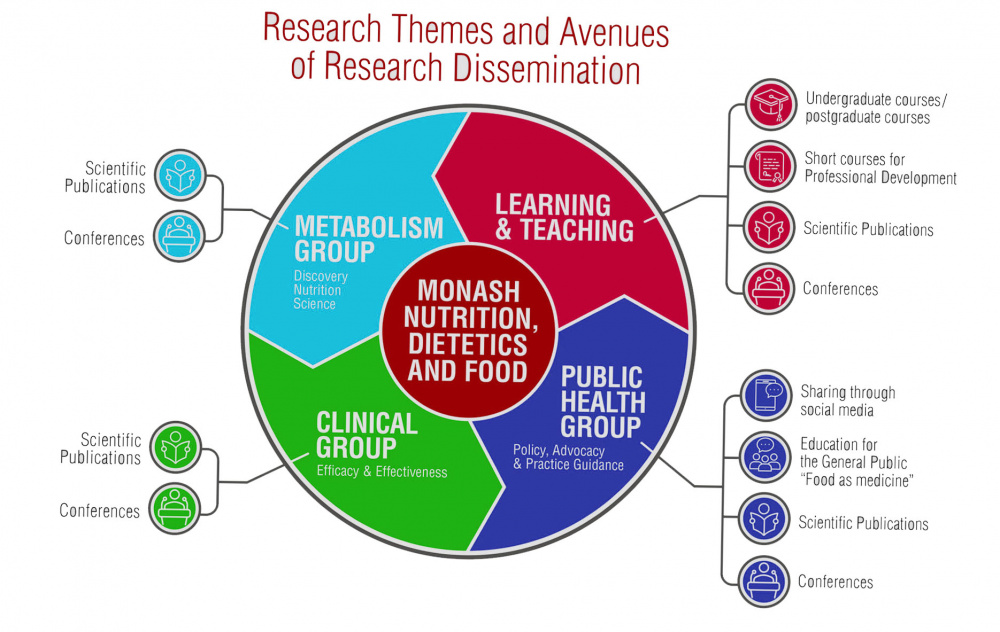A thematic research infographic is a visual representation of thematic research that utilizes graphs, charts, images, and other visual elements to present information about a specific project or experience. It aims to provide a quick and engaging overview of key information and findings from thematic research.
Thematic research infographic is important because it helps convey complex information in a more easily digestible and visually appealing format. They can also make thematic research more memorable and accessible, which can be particularly valuable for marketing or educational purposes.
Thematic research infographics are best used in situations where you want to quickly communicate key information and findings from thematic research. They can be shared on social media, included in presentations, or used on websites to highlight the success of a specific project or experience.

Thematic research typically involves an in-depth analysis of a specific individual, group, or situation, with a focus on a particular problem or question. The goal of thematic research is to provide a detailed report on the issue, its context, and potential solutions, often using a combination of quantitative and qualitative research methods.
In general, thematic research will include the following elements:
Introduction: an overview of the case, including background information, research question or problem statement, and the objectives of the research. Literature review: a brief summary of relevant literature or previous research related to the specific case, highlighting key concepts and theories that will be used for analysis.
In addition to these core elements, thematic research may also include additional sections or appendices, such as a detailed description of data collection tools or supplementary tables and figures.

Show Why Firstly, you need to set the stage by showing your audience why you conducted this thematic research. What were you trying to learn? What were your hypotheses? The audience should understand the overall purpose of this thematic research before you present them with the results.
Show What Next, show them the essence of the research. Display your tests, population, and results. What do these results specifically show? What was surprising and what was expected? What potential issues may impact the data of your thematic research?
Show How Lastly, demonstrate to your audience the practical steps derived from your thematic research. Based on what you have learned, what are your actions? How can you improve your process or business using the data and insights obtained from the thematic research? Make sure your audience understands your next steps.
How do I choose what information to include in a thematic research infographic? Select information that is most relevant to your target audience and best illustrates the impact of the project or experience being studied.
How long should a thematic research infographic be? A thematic research infographic should be long enough to effectively convey key information and findings, but not so long that it becomes difficult to read. Typically, a thematic research infographic should range from one to three pages.
How should I present my thematic research infographic? Presenting your thematic research infographic can be an excellent way to share information in a visually appealing and engaging format.
Here are some tips to effectively present your thematic research infographic: